Velo3D Qualifies M300 Tool Steel for Use in Sapphire Printers
The company says the high-strength alloy combined with Velo3D’s end-to-end solution can improve the lifetime of tooling inserts and enhance manufacturing throughput for automotive manufacturers.
An M300 tool steel print of conformal cooled tooling and high pressure die casting inserts. The print is shown as printed on the build plate. Photo Credit: Velo3D
Velo3D has qualified M300 tool steel for use in the company’s Sapphire series printers. M300 tool steel is an ultra-low carbon alloy with very high strength and hardness properties derived from intermetallic compounds rather than carbon content. The material is comprised mainly of nickel with cobalt with molybdenum and titanium as secondary intermetallic alloying metals.
By qualifying M300 tool steel for use in its printers, the company says it is able to service entirely new industries, such as automotive and tooling. The company says users can leverage its advanced capability to print high-quality, large-diameter internal channels for their applications. By manufacturing die cast inserts and other tooling components with the technology, it is said companies will be able to build stronger products, improve machining throughput and decrease manufacturing costs.
The alloy is well suited for tooling applications such as high pressure die cast (HPDC) inserts, injection molding, and other types of tooling. The company says its end-to-end manufacturing solution enables companies to build the parts they need without compromising design or quality — resulting in complex parts higher in performance than traditional casting techniques or other additive methods.
The company’s printing technology is said to work well with the M300 tool steel due to its ability to print parts with high-quality surface finishes in complex, large-diameter internal cooling channels, which can prolong the life of the tooling. However, the company says the channels can be difficult to create with conventional manufacturing methods. Also, while other metal 3D printers can print smaller diameter holes, printing large channels can create roughness and susceptibility to cracking. The Sapphire printers are said to eliminate those issues.
The company’s Sapphire XC 1MZ, for example, offers a large build volume — 600 mm in diameter and 1,000 mm in height. This is said to make it well suited to fulfill the requirements of industries that require the largest M300 tool steel inserts, such as automotive.
Related Content
-
Foundry Lab: How Casting in a Day Will Improve the Design of Metal Parts (Includes Video)
The company’s digital casting process uses 3D printing, but the result is a cast part. By providing a casting faster than a foundry, the company says effective prototyping is now possible for cast parts, as well as bridge production.
-
How 3D Printing Will Change Composites Manufacturing
A Q&A with the editor-in-chief of CompositesWorld explores tooling, continuous fiber, hybrid processes, and the opportunities for smaller and more intricate composite parts.
-
3D Printed End of Arm Tooling Aids Automation
Frustrations with traditional end of arm tooling led Richard Savage to start 3D printing custom versions for injection molding applications, eventually founding a company to fill this niche.


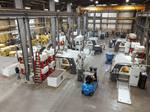
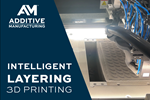
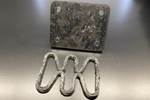
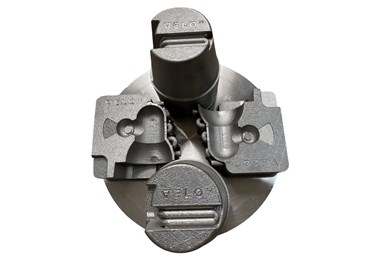

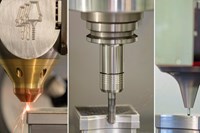

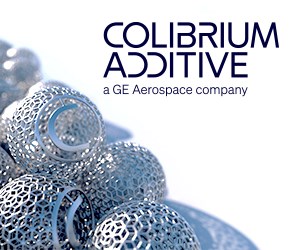




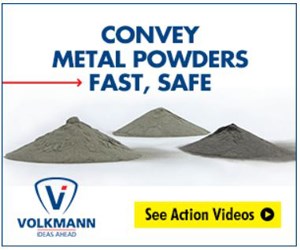
.png;maxWidth=300;quality=90)

